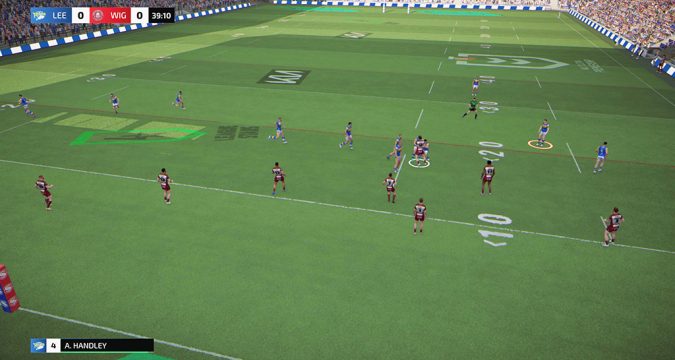 JAMES GORDON reviews the newest Rugby League video game.
VIRTUAL RUGBY LEAGUE is back after the launch of the new Rugby League 26 video game, though it’s got off to a mixed start.
The player likeness of all Super League and Women’s Super League players have been included, while Championship and League 1 clubs feature too - along with the NR
JAMES GORDON reviews the newest Rugby League video game.
VIRTUAL RUGBY LEAGUE is back after the launch of the new Rugby League 26 video game, though it’s got off to a mixed start.
The player likeness of all Super League and Women’s Super League players have been included, while Championship and League 1 clubs feature too - along with the NR Is the new Rugby League 26 video game a success or a dud?
 JAMES GORDON reviews the newest Rugby League video game.
VIRTUAL RUGBY LEAGUE is back after the launch of the new Rugby League 26 video game, though it’s got off to a mixed start.
The player likeness of all Super League and Women’s Super League players have been included, while Championship and League 1 clubs feature too - along with the NR
JAMES GORDON reviews the newest Rugby League video game.
VIRTUAL RUGBY LEAGUE is back after the launch of the new Rugby League 26 video game, though it’s got off to a mixed start.
The player likeness of all Super League and Women’s Super League players have been included, while Championship and League 1 clubs feature too - along with the NR 